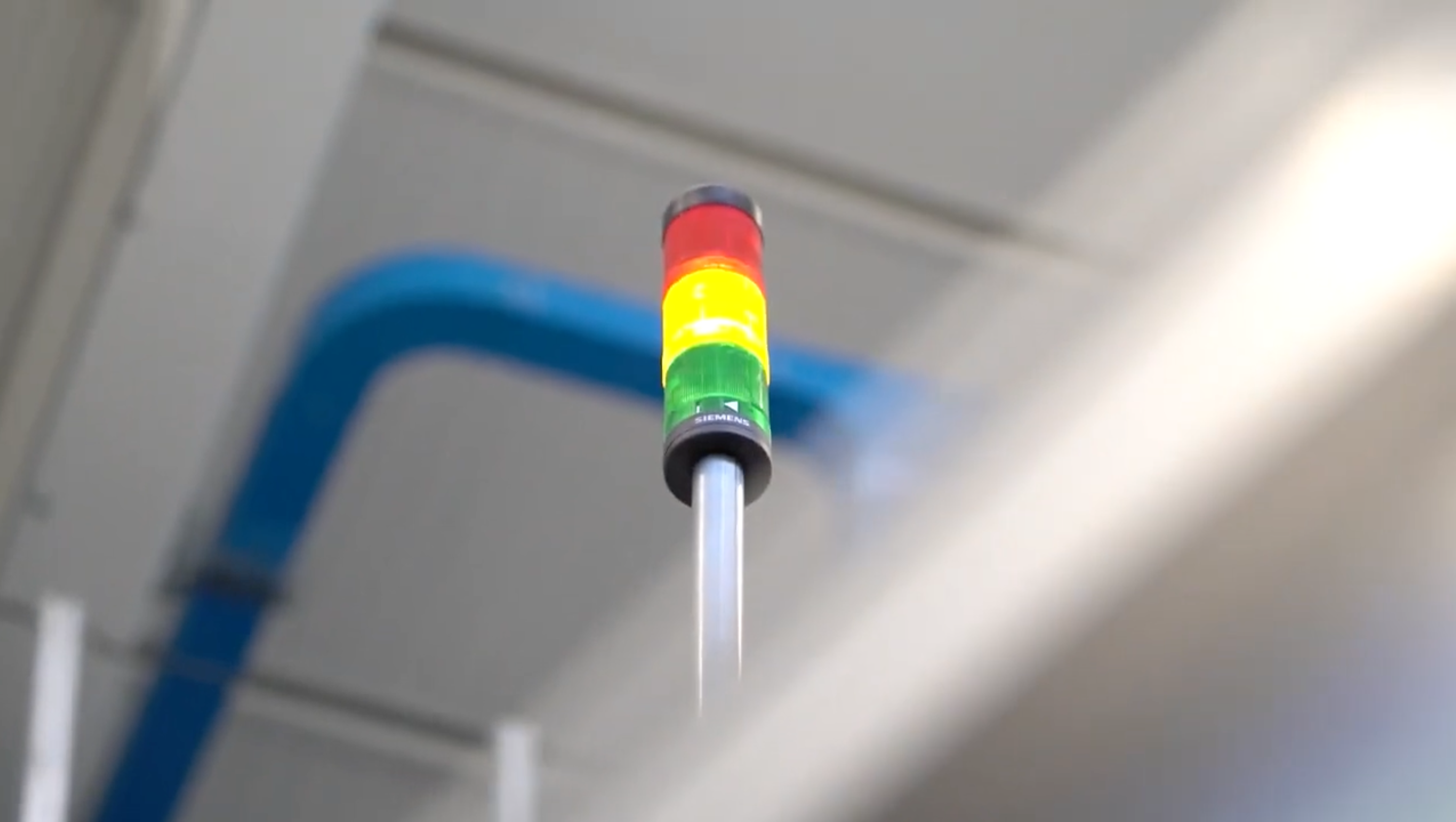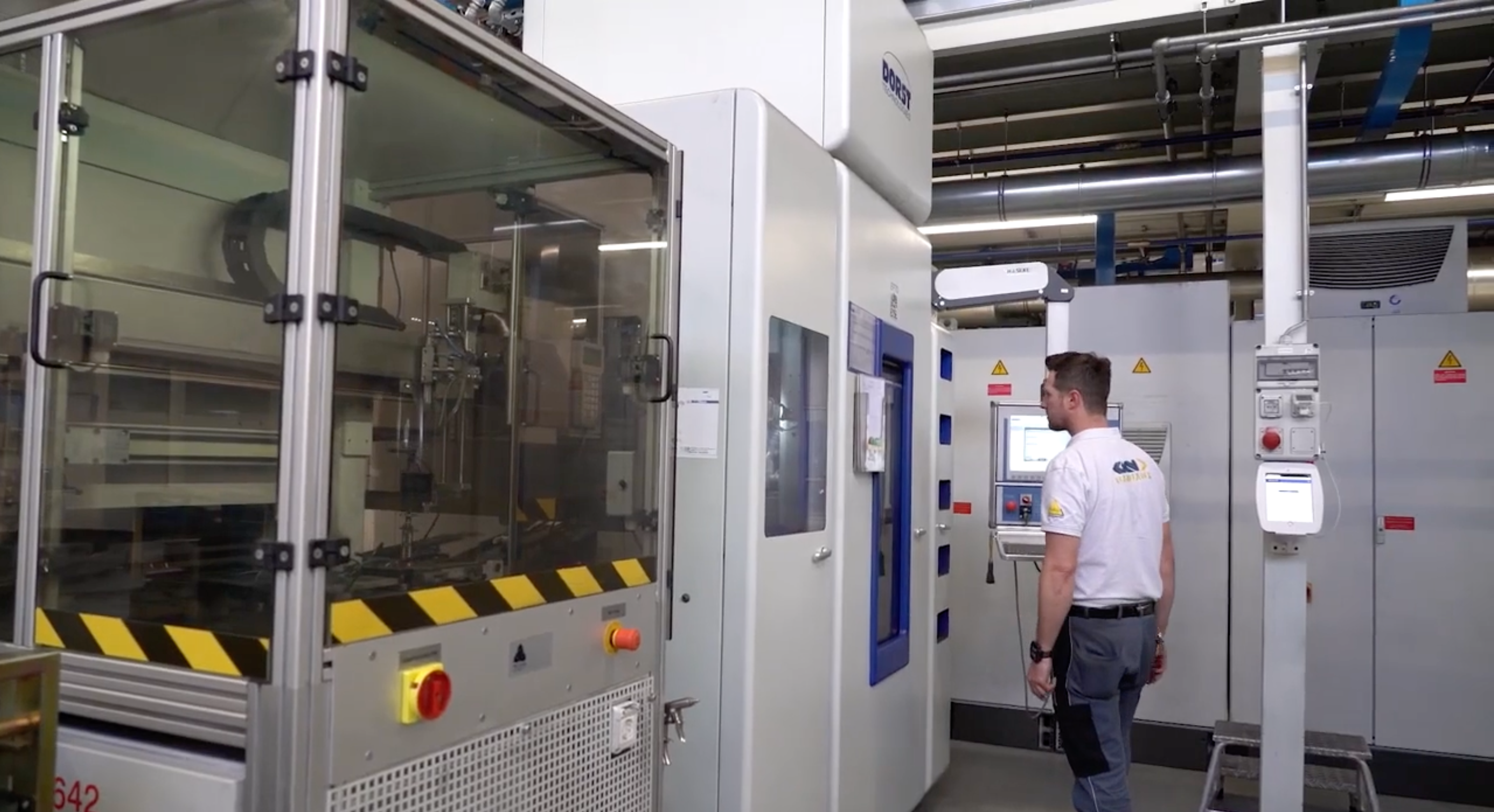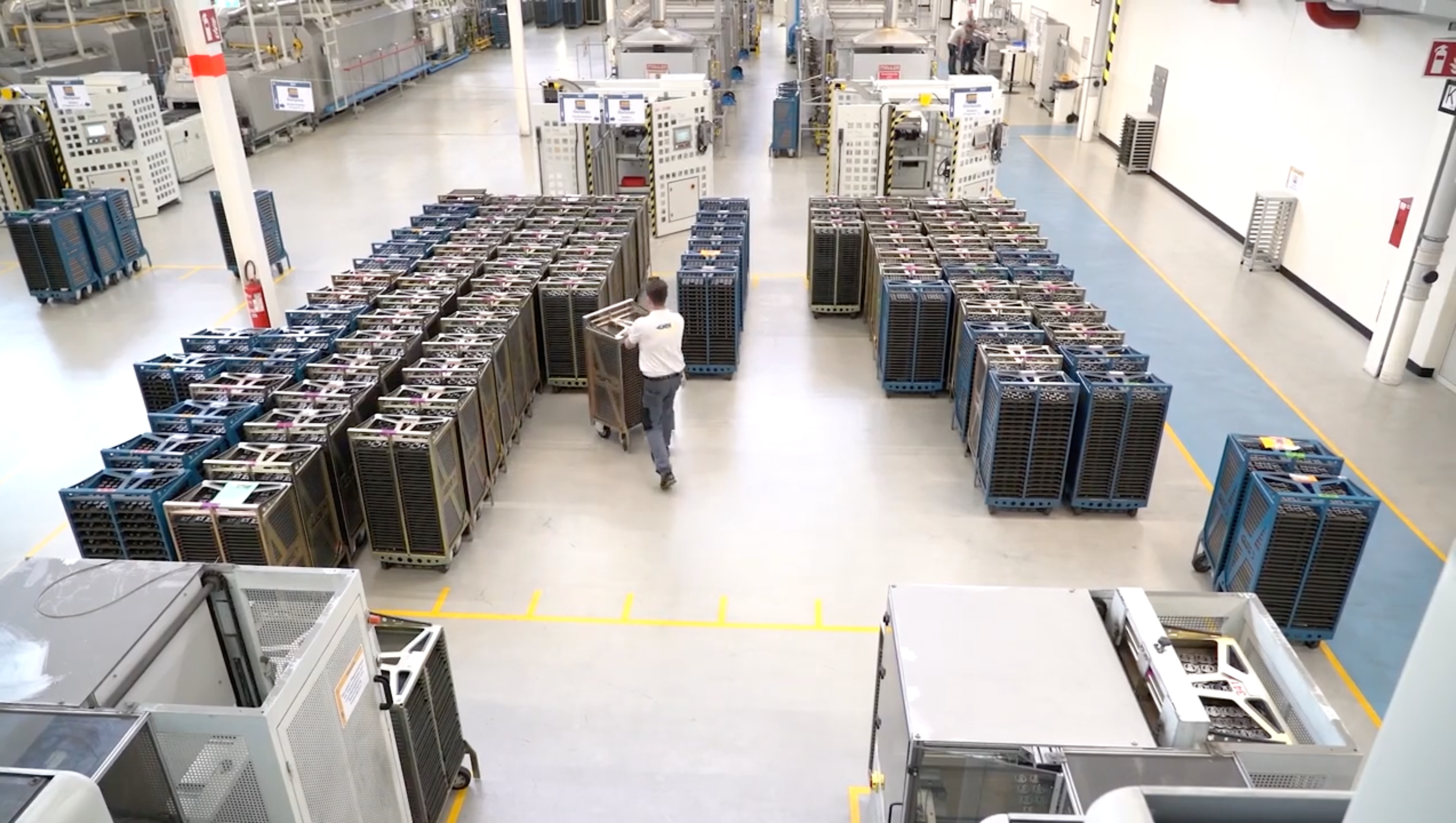Whether you’re dealing with quality issues or operational challenges, the five whys are a powerful lean manufacturing assessment tool for root cause analysis that helps to uncover problems that aren’t immediately obvious.
By asking the simple question – “why?” – Toyota was able to revolutionize their production system in the 1930s. As a result the 5 whys have now become an integral part of the Lean philosophy and Six Sigma methodology.
In fact, the 5 whys technique stands out for its simplicity and effectiveness, especially when human factors are involved. Unlike complex problem-solving methods, this approach focuses on processes rather than people, helping teams identify systemic issues rather than pointing fingers at individual errors.
Ready to master this proven problem-solving technique? Let’s dive into how your business can utilize the five whys technique to solve challenges effectively.
What is the Five Whys Analysis Method
The Five Whys analysis method stands as a structured questioning process designed to uncover the root cause of problems by peeling away layers of symptoms. This technique forms a cornerstone of the Toyota Production System, where core concept centers on asking “why” multiple times until reaching the root cause of a problem. While five iterations often suffice, the specific number isn’t fixed – teams continue questioning until they identify the true source of the issue.
Example of a Five Whys Analysis:
Problem: A manufacturing line stops unexpectedly.
- Why did the line stop? > The conveyor belt malfunctioned.
- Why did the conveyor belt malfunction? > The motor overheated.
- Why did the motor overheat? > The lubrication system failed.
- Why did the lubrication system fail? > The maintenance schedule was not followed.
- Why was the maintenance schedule not followed? > The team was not adequately trained on preventive maintenance.
Root Cause: Lack of proper training on maintenance procedures.
Solution: Implement a training program for maintenance teams to ensure adherence to preventive maintenance schedules.
When to use Five Whys
The Five Whys technique proves most effective in these scenarios:
- Troubleshooting quality improvement issues
- Solving problems involving human factors
- Addressing simple to moderately complex challenges
- Investigating recurring system failures
Additionally, this method works well alongside other analytical tools, such as Root Cause Analysis and cause-and-effect diagrams. The technique primarily focuses on processes rather than people, making it particularly valuable for teams seeking systemic solutions.
Furthermore, the Five Whys method requires no advanced mathematical skills, though critical thinking abilities remain essential. Specifically, the approach demands both inductive and deductive reasoning to move from observations to conclusions effectively. The key to success lies in gathering team members with hands-on experience of the process under investigation.
Essential Steps to Conduct Five Whys
Successful implementation of the five whys root cause analysis requires a systematic approach. Here’s a detailed breakdown of the essential steps:
1. Define the problem clearly
Start by creating a specific, observable, and measurable problem statement. Primarily focus on facts rather than assumptions or interpretations. The statement should identify what happened, when it occurred, and which stakeholders it affects. Consequently, this clarity helps teams maintain focus throughout the analysis process.
2. Gather the right team
Assemble a cross-functional team of people with direct knowledge of the processes and systems involved. Moreover, include representatives from different departments affected by the problem. This diverse perspective ensures comprehensive problem analysis and more effective solutions.
3. Ask why and find root cause
Begin the questioning process by asking “Why did this problem occur?” Record the team’s response and evaluate if it represents the root cause. Thereafter, continue asking “why” for each answer until reaching the true source of the problem. Remember that while five iterations are standard, you might need more or fewer questions to uncover the root cause.
4. Document your findings
Record all key details of your analysis, including:
- Description of the initial problem
- Answers to each “why” question
- Proposed solutions and corrective actions
- List of action items with assigned owners
Accordingly, proper documentation helps track patterns and recurring issues, making future problem-solving more efficient. For organizations seeking to streamline this process, modern root cause analysis software and connected worker platforms offer digital tools to assess the five whys technique effectively.
Common Mistakes to Avoid
Understanding common pitfalls helps maximize the effectiveness of the five whys root cause analysis. Two critical mistakes often undermine this powerful technique’s success.
Stopping too early
One of the most significant errors occurs when teams halt the analysis prematurely. Stopping at the second or third “why” typically leads to addressing symptoms rather than identifying the true root cause. Teams sometimes settle for surface-level answers, primarily when the solution seems obvious early in the process. Nevertheless, committing to ask “why” at least five times uncovers deeper, systemic issues that would otherwise remain hidden.
Following single path only
The 5 whys technique becomes less effective when teams pursue a single line of questioning. Even skilled practitioners frequently follow one root cause trail, essentially limiting their perspective. This approach overlooks the possibility that problems often have multiple contributing factors.
To enhance the effectiveness of your analysis:
- Involve team members from different functions to gain diverse perspectives
- Base answers on facts and direct observations, not assumptions
- Continue questioning until reaching a genuine root cause
- Consider multiple paths when investigating complex issues
The depth and accuracy of your root cause analysis essentially depends on avoiding these common mistakes. Subsequently, teams that sidestep these pitfalls achieve more reliable and comprehensive solutions to their challenges.
Modern root cause analysis software and connected worker platforms offer digital tools to help teams conduct thorough investigations while avoiding these common mistakes. These solutions provide structured frameworks for documenting multiple paths and ensuring sufficient depth in the analysis process.
Digital Tools for Five Whys Analysis
Modern technology has transformed traditional root cause analysis methods into streamlined digital processes. Digital solutions now offer enhanced capabilities for conducting and documenting the five whys analysis effectively.
Modern RCA software options
Root cause analysis software provides structured templates and frameworks that guide teams through the questioning process. These digital tools enable teams to explore multiple paths systematically, ensuring thorough investigation of complex problems. Primarily, RCA solutions incorporate artificial intelligence and data analytics to speed up cause investigation and remediation processes. Modern platforms offer quick-fix buttons and ways to prioritize solutions based on user experience impact.
Benefits of digital documentation
Digital documentation tools streamline the recording, sharing, and management of information in collaborative environments. These platforms offer several advantages:
- Real-time editing and collaboration capabilities
- Advanced search and archive functions for retrieving past analyzes
- Visual mapping features for cause-and-effect relationships
- Integration with existing enterprise systems
Indeed, digital documentation ensures accurate and accessible process records, fostering transparency and collective problem-solving among team members.
Connected Worker Platforms
Connected worker platforms represent the next evolution in root cause analysis implementation. These solutions focus on workforce efficiency, knowledge management, task management, and collaboration. The platforms facilitate real-time communication across multiple locations, allowing teams to share information enterprise-wide. Altogether, these digital solutions help reduce inefficiencies and enhance auditing practices by enabling smooth information flow across production processes.
For instance, modern platforms allow operators to capture data, pictures, and videos directly from the shop floor using smartphones or tablets. This capability ensures that problem-solving teams have accurate, first-hand information when conducting their analysis.
Conclusion
Five Whys root cause analysis stands as a proven method that helps teams identify and solve complex problems through simple questioning. Teams equipped with this technique can effectively tackle challenges ranging from quality issues to operational inefficiencies.
Success with the Five Whys method depends on following the essential steps while avoiding common pitfalls. Digital tools make this process easier and more efficient, allowing teams to document, collaborate, and track solutions effectively. Connected worker platforms like Workerbase take root cause analysis to the next level. These platforms provide digital tools for conducting Five Whys analysis, enabling real-time collaboration and documentation across your organization.
Remember, mastering the Five Whys technique requires practice, dedication, and the right tools. Start implementing this method today, and you’ll discover how asking “why” five times can transform your problem-solving approach and drive continuous improvement across your organization.




